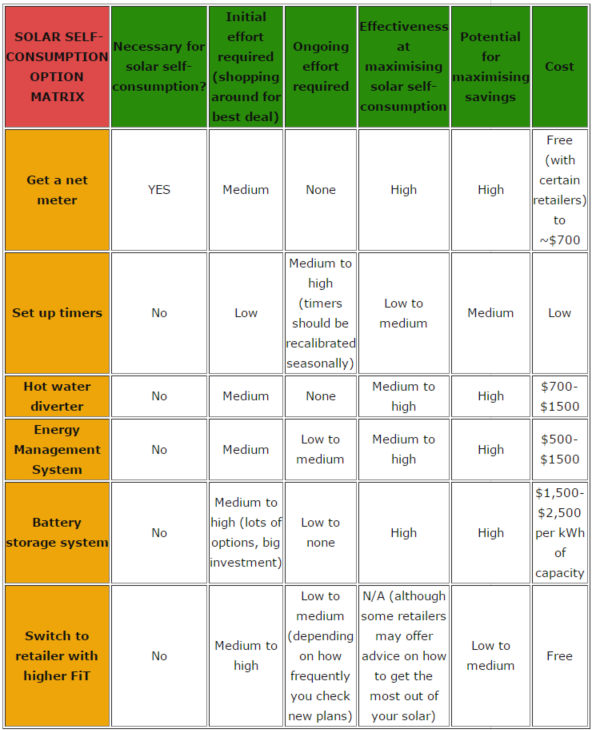South Australia‘s 16c per kilowatt-hour (kWh) solar feed-in tariff will be the first state-backed incentive of its kind to cease payments. The 16c/kWh rate – referred to as the ‘Transitional Feed-in Tariff’ – was made available to SA households who signed up for grid-connected solar between 1 October 2011 and 30 September 2013.
The 16c/kWh rate is coupled with an additional, state-mandated ‘retailer contribution’ of 6.8c/kWh, bringing the total payment that was available to 22.8c/kWh. From 1 October, the rate paid to these homes for their excess solar energy will drop to 6.8c/kWh – and the local regulator has flagged that this rate may be removed in the near future. Customers receiving the Premium Feed-in Tariff (44c/kWh) will continue to be paid this rate until 30 June 2028.
What should SA homes do after solar feed-in payments cease?
By today’s standards, the 22.8c/kWh available to South Australian homes is quite generous. Still, with retailer electricity rates (the amount you pay your electricity company) in the region of 30c/kWh, there has always been a marginal benefit (about 8c/kWh) to trying to use the solar energy directly in the home. With the rate falling to just 6.8c/kWh, however, ‘solar self-consumption‘ will be the way to go, with each unit of solar energy being worth about 23c if used inside the home than if exported to the grid.
Compare solar & battery storage pricing from installers in your area. Fill out the Quote Comparison Request form to the right of this page.
For homes that want to make the most of their solar, there are a few possible options available – and most of them involve trying to maximise solar self-consumption. We’ve written about these strategies in our article about the end of NSW’s Solar Bonus Scheme (which wraps up on 31 December 2016), but the same basic principles apply for both SA customers coming off the 16c/kWh feed-in tariff as well as essentially all grid-connected solar PV systems installed in Australia since 2013.
Please read the article linked above for an in-depth look at these options, which are (in a nutshell):
- Set up timers for your household appliances to run during the day when the sun is shining.
- Get a hot water diverter to channel your excess solar energy into your water heater.
- Install an energy management system to maximise the value of the solar energy that you produce and to cut down on waste.
- Install battery storage to soak up your excess solar energy for nighttime use.
- Consider looking for a higher feed-in tariff to help you retain some of the value of your exported solar energy.
The table below summarises the pros and cons of each of these options. (Please disregard the ‘get a net meter’ row, as this is relevant only to NSW – SA homes with a feed-in tariff should already be on a net meter.)
Further reading:
- Solar self-consumption explained
- Solar power in South Australia
- Solar battery storage in South Australia
- Solar battery storage in Adelaide, SA
- Battery storage systems overview
- Solar Choice’s Solar & Battery Storage Calculator Resource Library
Compare solar & battery storage pricing from installers in your area.
© 2016 Solar Choice Pty Ltd
- Solar Panel Costs: Solar Choice Price Index | April 2025 - 1 April, 2025
- Solar Panels For Homes – All You Need to Know About Solar Systems - 18 March, 2025
- Best NSW Solar Feed-In Tariffs - 17 March, 2025
